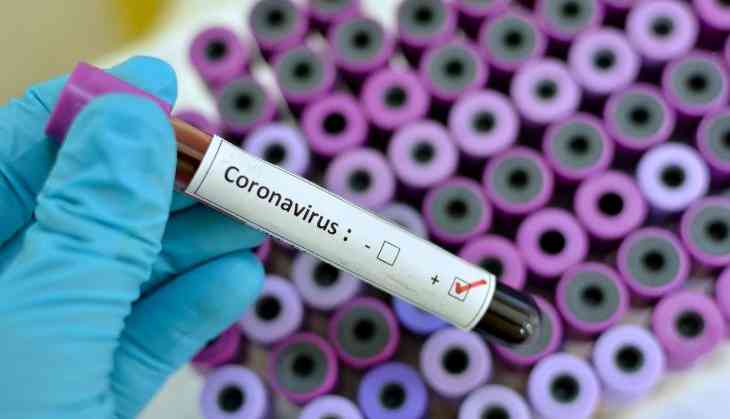
As coronavirus tests become available to a greater extent across the United States, scientists have raised the alarm about a growing concern that many people with negative results might actually have the virus.
That could lead to ravaging repercussions as a global recession takes shape and government wrangle with the question of when to reopen ecomomies shuttered as thousands and thousands of people were asked to stay homme in a bid to curb transmission of the pathogen.
The greater number of tests around the globe use a technology known as PCR, which detects pieces of the Covid-19 in mucus samples.
However, "there are a lot of things that impact whether or not the test actually picks up the virus," Priya Sampathkumar, an infectious diseases specialist at Mayo Clinic in Minnesota, told AFP.
"It depends on how much virus the person is shedding (through sneezing, coughing and other bodily functions), how the test was collected and whether it was done appropriately by someone used to collecting these swabs, and then how long it sat in transport," she said.
The virus has only been passing on among humans for four months and hence studies about testdependability are still deemed preliminary.
Earlier, reports from China indicates its sensitivity, which means how well it is able to return positive results when the virus is present, is say 60 to 70 percent.
Different firms around the world are now performing rather different tests, so it is hard to have a accurate overall figure.
However, even if it were plausible to increase the sensitivity to 90%, the magnitude of risk remain substantial as the number of people tested increases, Sampathkumar argued in a paper put out in Mayo Clinic Proceeding.
"In California, estimates say the rate of COVID-19 infection may exceed 50 percent by mid-May 2020," she said.
With 40 million people, "even if only one percent of the population was tested, 20,000 false-negative results would be expected."
This makes it grave for clinicians to base their diagnosis on more than just the test, they must also scrutinize the patient’s symptoms, their potential exposure history, imaging and other lab work.
One of the issue lies in locating the virus as its area of highest concentration shifts inside the body.
The main nasal swab test look at the nasopharynx, where the back of the nose meets the tip of your throat. This calls for a trained hand to perform and some portion of the false nevative appears from unsuitable line of action.
However, even if done correctly, the swab may display a false negative, that is because as the disease advances, the pathogen passes from the upper to the lower respiratory system.
In these case, the patient may be asked to try to cough sputum – mucus from the lower lungs or doctors may require to take a specimen more aggressively, when a patient is under sedation.
Daniel Brenner, an emergency physician at Johns Hopkins Hospital outline to AFP taking a test after performing a method known as bronchoalveolar lavage.
This was performed on a patient whose nasal swab returned negative three times, but who showed all the signs of coronavirus.
At Last, the medical team put a camera down his windpipe to inspect the lungs, then sprayed fluid in and sucked out the secretions, which were then tested, resulting in a positive.
Unreliability in disgnoses is not new, and clinicians are well mindful of that no type of test for any condition can be regarded as ideal.
What makes Sars-CoV-2 different is its quality of being new, said Sampathkumar.
"Most of the time when you have tests, you have test characteristics outlined carefully and warnings about tests interpretation," she said.
"We had no test for so long, and when we got the test, we started using it widely and sort of forgot the basics."
After being late to begin mass testing, the US has increased production an has tested approximately 2.5 million people, with pharmacists now allowed to perform the process.
However "the real fear of that is people who are given a false negative test and then decide that they're safe to go around their daily life and go out and expose people," said Brenner.
A lot of hope is put down on newly available serological tests which look for antibodies produced by a person’s body in response to the virus and can tell if a person was infected , after the recovered.
They could also be used to help diagnose a person who is currently infected but whose PCR test showed a false negative, by waiting a week or so for the body to produce its immune response.
"We are excited about the serologic test, but we don't know how well it will work and we are starting to study it," said Sampathkumar.
Also Read: WHO admits that one of its reports showing Covid-19 community transmission in India was due to error
Also Read: Arvind Kejriwal attends video conference with PM Modi, here's what Delhi CM told on lockdown


